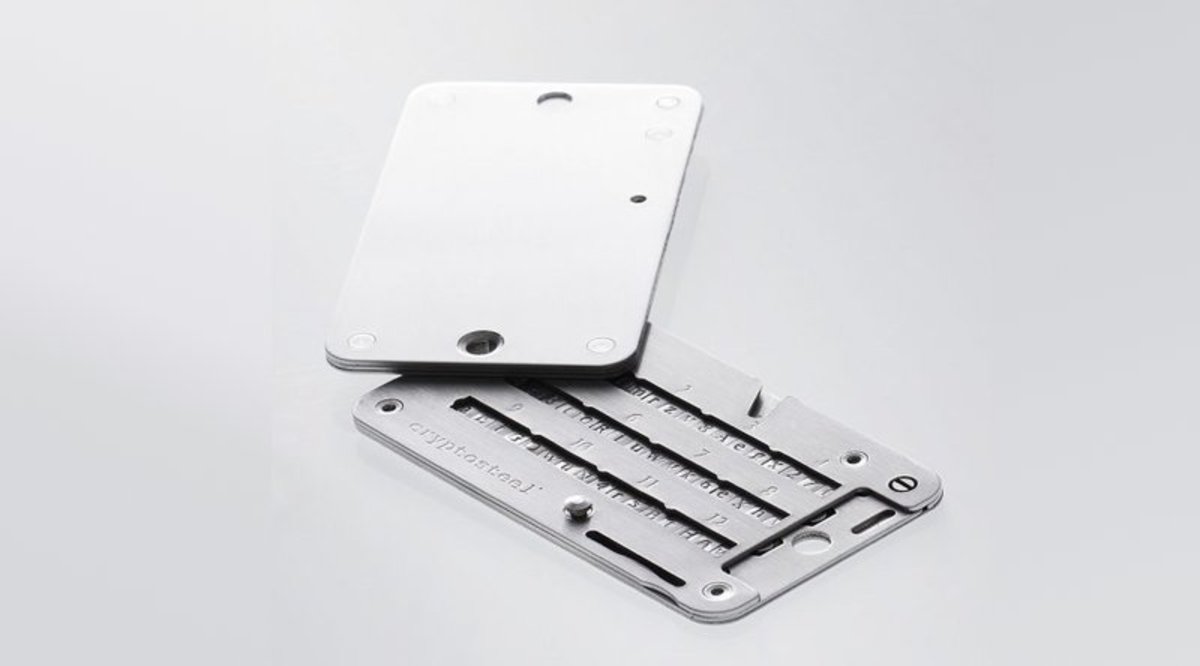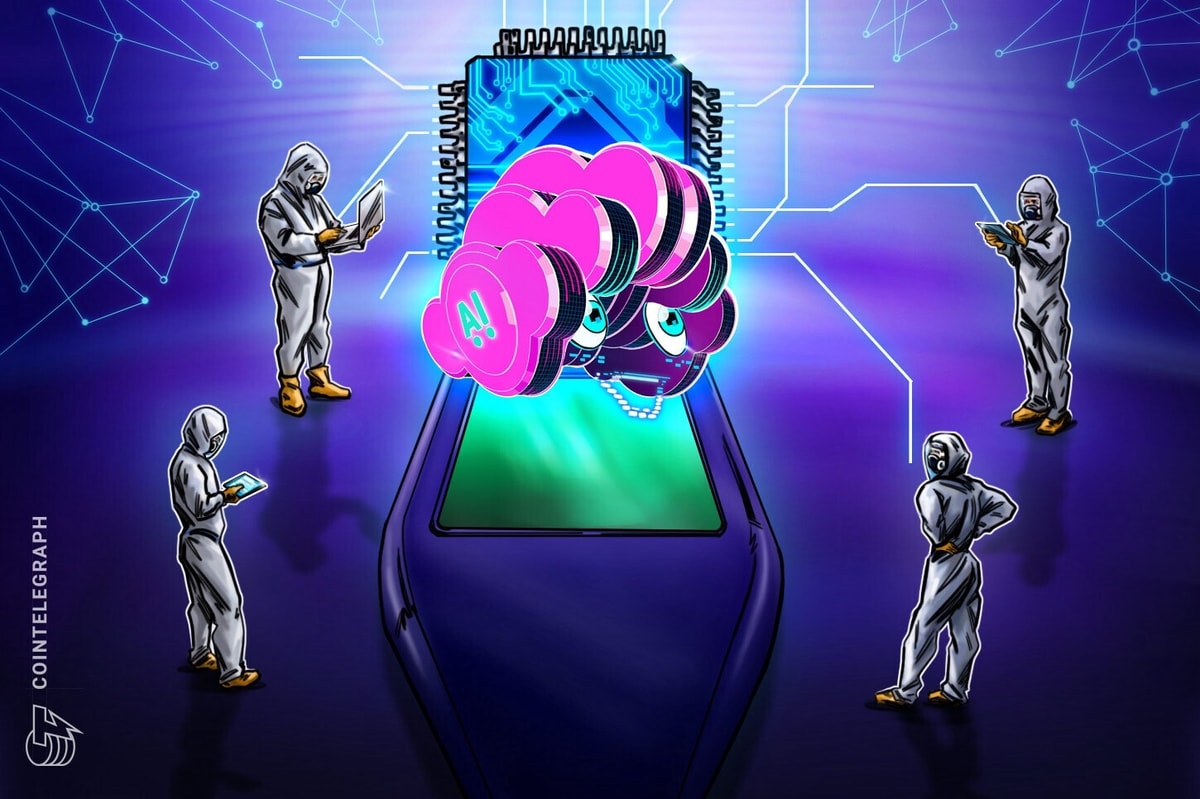
Cryptosteel is a device that allows bitcoin holders to back up their private keys in a fireproof, waterproof and shockproof manner. The idea is that the Cryptosteel will be able to act as a backup for any type of Bitcoin address for long periods of time, and many people see it as a useful companion to a hardware wallet.
Cryptosteel recently sent me one of their devices, and I opened it up to see how the whole process works.
Setting Up a Cryptosteel
It’s easy to get started with the Cryptosteel MNEMONIC in a matter of minutes. The packaging is nice enough, and the artwork by contributing artist Rafael Akahira gives it a special, unique appearance.


Once the actual Cryptosteel device is out of the packaging, the product’s usefulness is immediately apparent. Although the Cryptosteel’s size is somewhere between that of a credit card and an old iPhone, it feels sturdier than a brick; a good bit of weight is packed into its small stature.
After twisting the product open like some kind of Swiss Army knife, the frame where the stainless steel numbers, letters and other characters should be placed can be seen.
The steel characters that come with the device are separated into different sections, so it’s easy to find the ones you need. There’s even a chart similar to what you would find in a box of chocolates that tells you where each character can be found. Each piece of steel has a letter, number or other symbol on both the front and the back.

To begin placing characters into the device, a small lock must be turned counterclockwise and a safety pawl must be bent open (not at the same time). I used a butter knife to complete both of these steps.
There is a small gate that needs to be opened before placing the steel piecesletters into the frame. Although it seemed difficult to get the characters into the frame at first, I soon realized that the gate can also act as a hammer to knock them into place.

I didn’t take the time to put in a 24-word mnemonic phrase, but I got a handle on how the Cryptosteel works by putting my name into the frame before closing it back up. This took a few minutes to complete. I imagine a full 24-word phrase could be completed in less than 30 minutes.
How Cryptosteel Could Be Improved
Using the Cryptosteel was a rather straightforward process, but I do have a few suggestions.
The first one isn’t much of a complaint, but it would be nice if there was a YouTube video that showed the user exactly how to set up and use his or her Cryptosteel. There are a few videos on the Cryptosteel YouTube page, but they appear to be based on old prototypes. Something like this is likely already in the works, but in the future, a message on the packaging that tells the user to go to a specific website to watch a setup video may be a good idea.
The only real issue I see with the Cryptosteel is the packaging of the steel character pieces with the characters on them. They are separated into different pockets in the packaging, but each section could be sealed off better. Having the characters get mixed together during the shipping process didn’t seem to be a serious issue, but it’s unclear what a user is supposed to do with the set of characters after they’re done using them.
Most people will likely put all of the letters in a bag and put them to the side, but this will dramatically increase the amount of time it takes to enter a new series of characters into the frame of the Cryptosteel in the future. This is an unlikely scenario given that the point of the Cryptosteel is to use it once, but it’s worth mentioning. Someone could also run into this issue if they decide to stop entering characters into the frame and need to finish the process later.
Creating more separation between the sets of characters for long-term storage would be a nice improvement.
When to Use a Cryptosteel
This is an awesome device. I can’t imagine using anything else to back up private keys to a Bitcoin address.
Trezor Architect Marek “Slush” Palatinus has said it’s the perfect way to back up the seed of a Trezor hardware wallet. It would obviously work well as a backup for a hardware device from Ledger or KeepKey as well.
For added security, multiple Cryptosteel devices could be placed in different locations as a backup for a multisig address. Alternatively, a user could separate his or her savings into multiple Cryptosteel devices to weaken the impact of one of them being lost or stolen. Some combination of these two options is also worth considering.
The Cryptosteel is basically a paper wallet on steroids. It’s one of the best available options for long-term storage of Bitcoin private keys.
Disclosure: The author of this article was provided a free Cryptosteel MNEMONIC for the purposes of this review.










